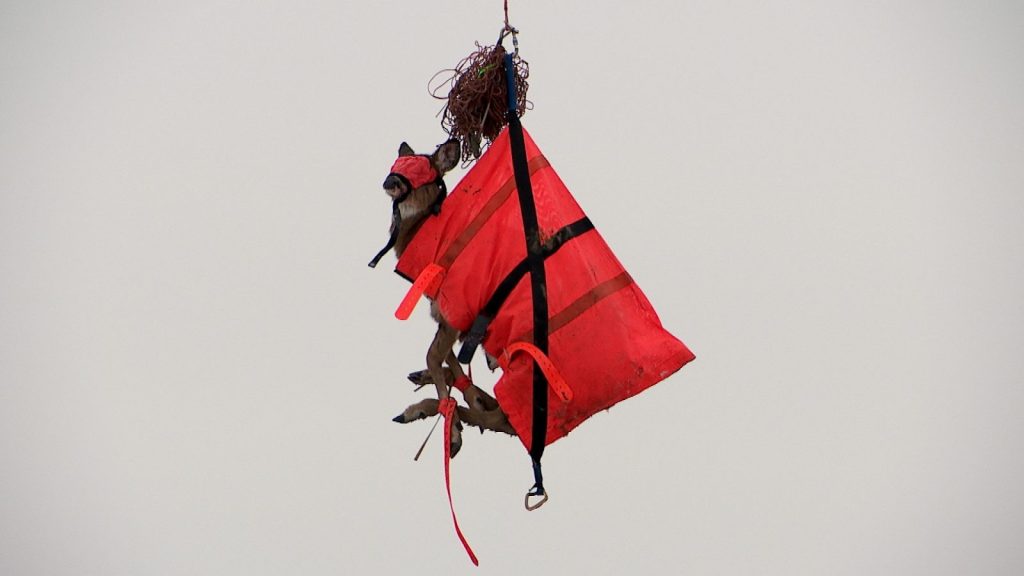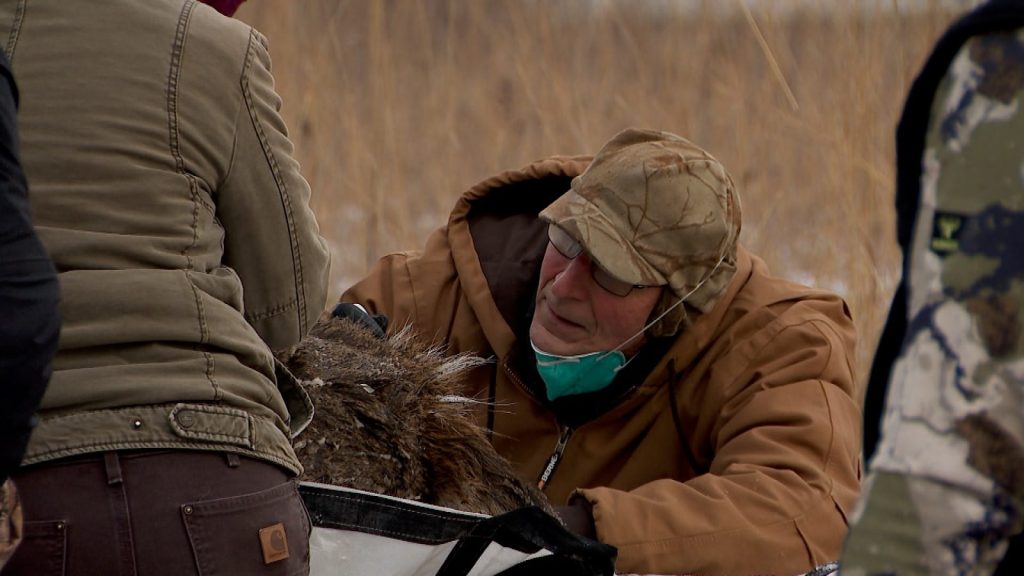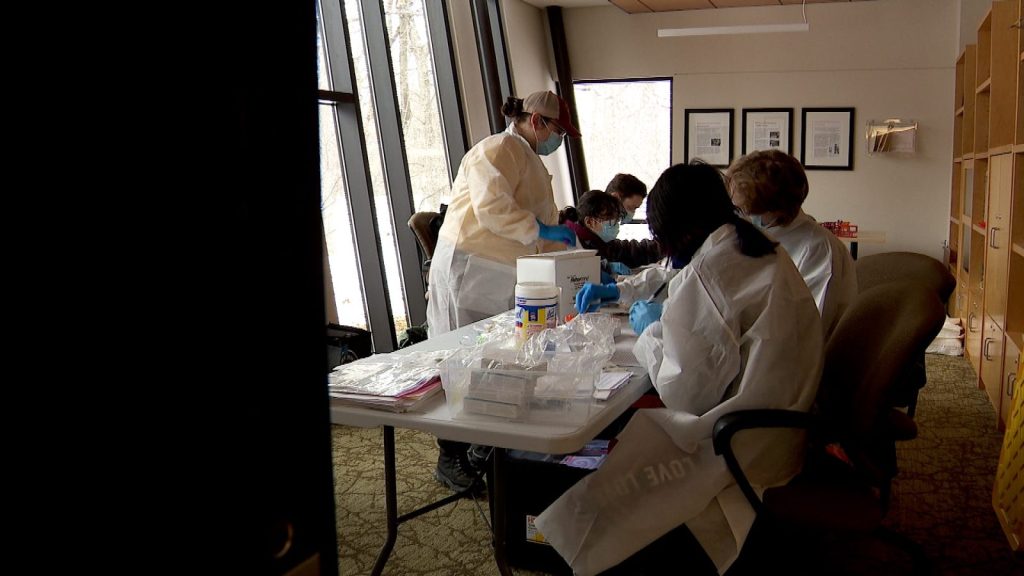Elm Creek Park Reserve Hosts Minnesota Researchers for Deer Study
Visitors at Elm Creek Park Reserve were treated to a rare site Friday morning: deer airborne.
Three Rivers Park District, the University of Minnesota and a team of helicopter pilots are partnering to collect research about deer that live in and frequent the Elm Creek Park Reserve.
“In this space, we have big parks that normally are frozen this time of year that they can come out and catch the deer in,” said John Moriarty, senior wildlife manager for Three Rivers.
Three Rivers supplies the space for researchers and helicopter pilots to pick up deer and bring them to a central location to be collared.
The collars connect to a radio that send the deer’s location to a satellite. That data helps scientists and park officials know where deer move throughout the year.
This is the second year of the study. Moriarty said the information is interesting, as the park is mostly surrounded by suburban neighborhoods and developments.
“The deer actually stay out in the neighborhoods more in the winter, so it has changed some of the use,” Moriarty said.
Tracking Diseases
In addition to connecting the deer to radio, Minnesota researchers also take samples to test for a number of diseases. That includes SARS-CoV-2, the virus that causes COVID-19 in humans. Meggan Craft, an associate professor with the university, said this aims to answer a few questions.
“How are the deer using their environment? What resources do they use?” Craft said. “And then, what implications do they have for disease transmission?”
Craft said the deer retrieval, collaring and swabbing process takes about 10 minutes. Then, the deer are released back into the wild.
The deer typically get back to their home base within a day or two.
The project is funded by the American Rescue Plan and Craft said the intent was to study SARS-CoV-2 in deer.
“They have genetically similar strains to humans, so they seem to have somehow be getting it from humans and they are very effective at transmitting it amongst themselves,” Craft said. “We are curious if these wild deer could become a resovoir for SARS-CoV-2.”
Winter Setbacks
Moriarty said the team started at 6:30 that morning, and before 10 a.m., the team had caught eight or nine deer. Though temperatures were far below freezing Friday morning, the study was another victim of the unusually warm winter.
“They called it a day,” Moriarty said. “The wetlands aren’t frozen… A couple of their handlers have fallen through the ice, so it is not safe to be out there right now.”
Craft was a part of the team that made the call.
“We are not going to continue going today because we don’t want people and deer in open water,” Craft said.
Craft said as of Friday morning, the team hadn’t decided whether to continue data collection later in the year. The team also collected deer samples in Shakopee and in Carver Park Reserve earlier in the week.
The safety precaution made lighter work for the indoor, onsite lab. The lab, made up mostly of University of Minnesota undergraduates, processed the samples and prepared them to be tested for diseases in a bigger lab setting.
“Theres so many sample types we are working with, so having a team of folks and kind of pairing up by sample is really helpful,” said Corina Valencia, a member of Minnesota research program MN Pro.
Craft said the research here is just a part of work across the country. She hopes to benefit wildlife and human populations alike.





